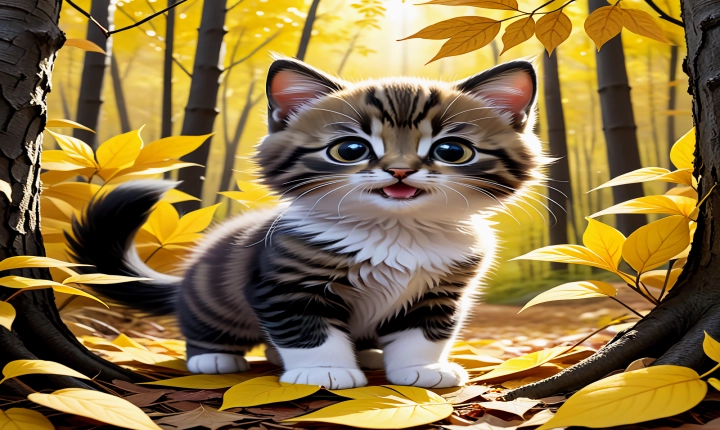The emergence of artificial intelligence (AI) has revolutionized various aspects of our lives, and one of the most fascinating applications is the AI that creates images. This cutting-edge technology has the ability to generate highly realistic and aesthetically pleasing images that are indistinguishable from those created by humans. In this article, we will delve into the intricacies of this AI, its underlying technology, and its potential impact on various industries.
At the heart of this AI is a type of machine learning algorithm known as generative adversarial networks (GANs). GANs consist of two neural networks, known as the generator and the discriminator, that work in tandem to create images. The generator network fabricates images from random noise, while the discriminator network evaluates these images to determine whether they are real or fake. As the two networks compete against each other, the generator gradually becomes more adept at producing images that deceive the discriminator, resulting in highly realistic output.
One of the most well-known examples of this AI is the OpenAI’s DALL·E, which is capable of generating images from textual descriptions. Users can input simple textual prompts such as “an armchair in the shape of an avocado” or “a cross-section of a double-decker bus filled with aquariums” and the AI will produce corresponding images that are remarkably detailed and coherent. This level of creative and intuitive image generation marks a significant advancement in the field of AI and has vast potential across multiple domains.
The implications of this AI are far-reaching and have the potential to transform various industries. In the creative sector, designers and artists can leverage this technology to rapidly prototype and ideate new concepts, or generate visuals based on abstract ideas. In advertising and marketing, businesses can use the AI to produce high-quality imagery for their campaigns, reducing the need for expensive photo shoots or lengthy design processes. Furthermore, in the gaming and entertainment industries, this AI can be employed to create immersive and visually stunning graphics, enhancing the overall user experience.
However, the deployment of AI in image creation also raises ethical and copyright concerns. As the AI is capable of producing highly realistic images, distinguishing between authentic and AI-generated content becomes increasingly challenging. This can potentially lead to issues related to intellectual property rights and authenticity, as well as the dissemination of misinformation through manipulated images.
Another critical consideration is the potential impact on the job market, particularly for professions that heavily rely on image creation and design. While the AI has the potential to streamline workflows and enhance creativity, it may also lead to displacement of certain roles, necessitating upskilling or job transition for individuals in these fields.
As we continue to witness the advancements in AI that create images, it is imperative to tread carefully, ensuring responsible and ethical use of this technology. Nonetheless, the potential opportunities and innovation it brings to various industries are undeniable, and with continued development and ethical considerations, this AI has the capacity to revolutionize the way we create and interact with images.
